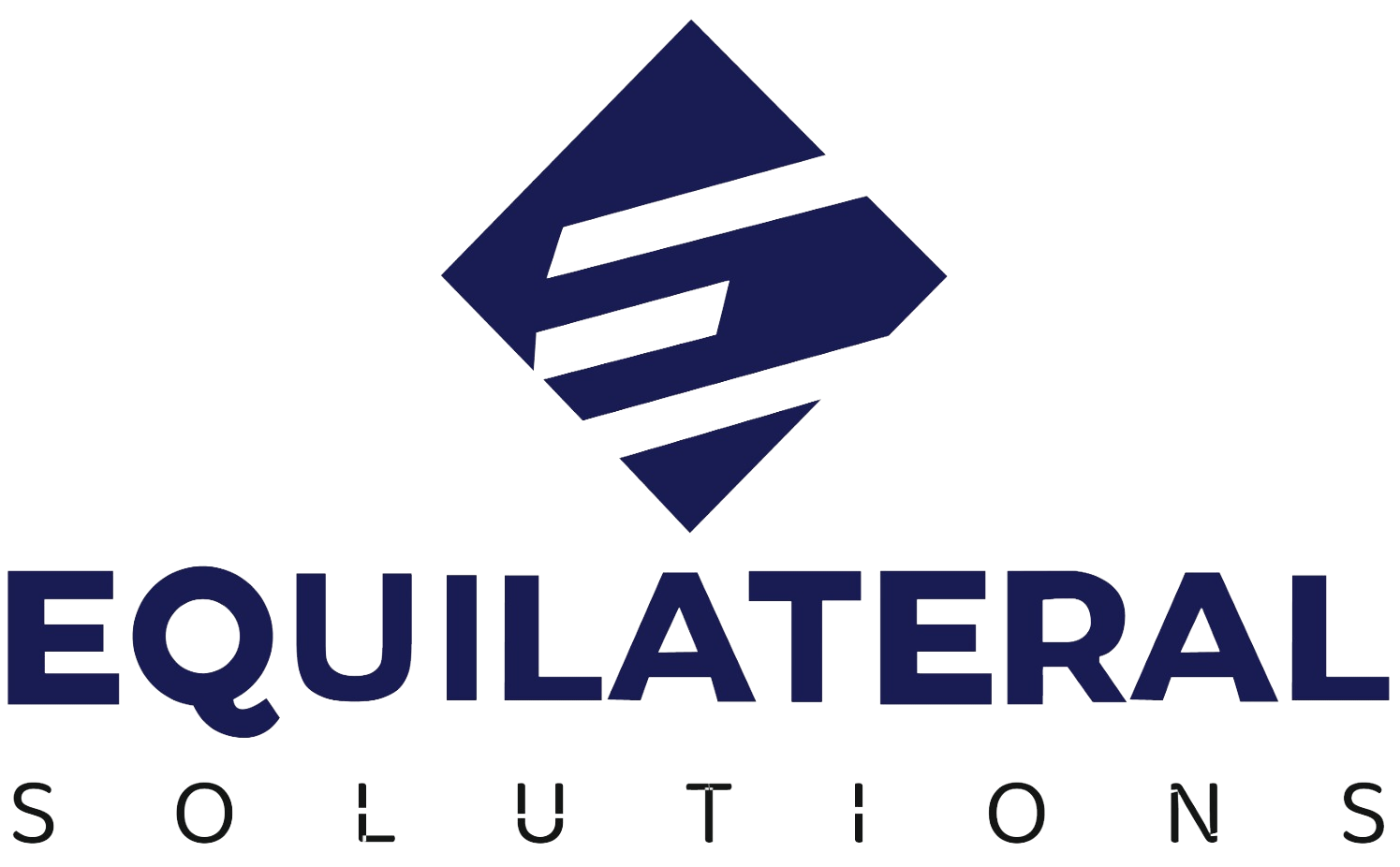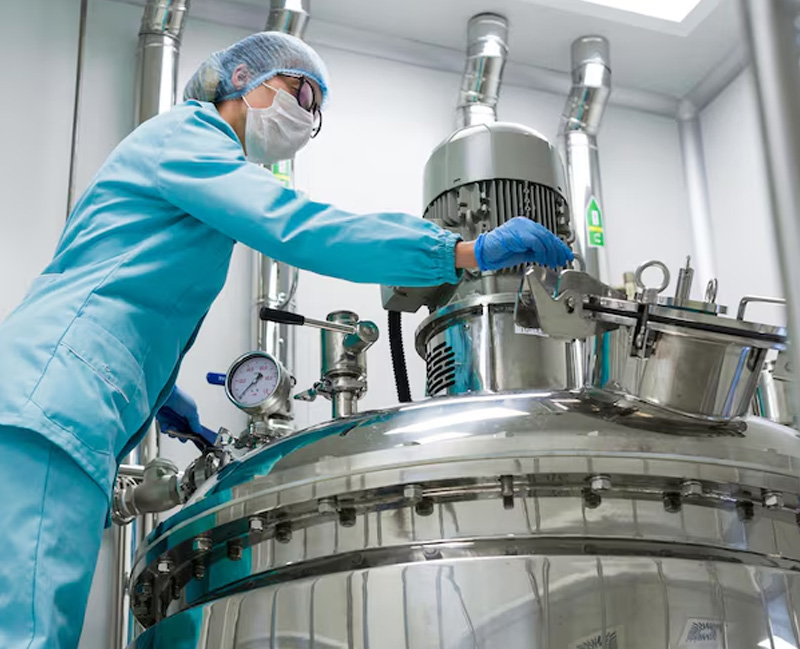The Role of Ethylene Oxide in Sterilization for Hospital Tools
Maintaining strict hygiene standards is a critical part of hospital operations. One vital component that supports this is the ethylene oxide sterilization machine. Especially in hospital CSSD equipment, this technology plays a central role in ensuring all instruments are thoroughly sterilized and safe for patient use.
The Role of Ethylene Oxide in Sterilization for Hospital Tools
Hospitals use a wide variety of tools made from different materials. Not all of them can withstand high heat or moisture. That’s where ethylene oxide in sterilization becomes essential. It is a low-temperature method that effectively sterilizes sensitive instruments.
Benefits of using ethylene oxide in sterilization:
- Kills bacteria, viruses, and fungi
- Works on heat-sensitive and moisture-sensitive instruments
- Penetrates packaging and complex device structures
- Maintains the integrity of delicate tools
This is why ethylene oxide sterilizer systems are so crucial in modern hospital operations.
Why Hospitals Rely on Ethylene Oxide Sterilizer Technology
Modern healthcare demands sterilization that is effective and adaptable. The ethylene oxide sterilizer provides just that. It meets hospital infection control protocols with consistent, validated performance.
Key reasons hospitals choose EO sterilization:
- Compatibility with a wide range of medical materials
- High efficacy even at low temperatures
- Proven safety when used with proper ventilation
- Supports compliance with national and international standards
Using the right ethylene oxide sterilization machine ensures no compromises in patient safety.
How Ethylene Oxide Sterilization Machine Fits Into CSSD Workflow
The hospital CSSD equipment (Central Sterile Services Department) is the heart of hospital sterilization. Integrating an ethylene oxide sterilization machine in the CSSD setup brings operational efficiency and sterility assurance.
Here’s how it supports the workflow:
- Instruments are cleaned, dried, and packaged
- EO sterilizer loads are prepared and sealed
- Sterilization cycles are run based on device type
- Aeration is done post-sterilization to remove EO residues
- Sterile packs are stored for surgical and clinical use
Each step ensures surgical tools remain safe and sterile until needed.
Safety and Environmental Considerations
Although effective, ethylene oxide in sterilization requires careful handling. Hospitals use exhaust systems and aeration chambers to control emissions. Modern ethylene oxide sterilizer units come with safety features to ensure zero exposure to staff or patients.
Built-in safety measures include:
- Leak detection sensors
- Automated cycle validation
- Airtight chambers
- Post-process aeration systems
- Alarms and shutoffs in case of system failure
These systems make EO sterilization safe for hospitals and the environment.
Conclusion
The ethylene oxide sterilization machine is a cornerstone of infection prevention in hospitals. Its ability to handle delicate, complex tools makes it irreplaceable. From surgical instruments to catheters, EO sterilization ensures each item meets strict hygiene standards. When integrated into hospital CSSD equipment, this technology strengthens patient safety, minimizes infection risks, and supports global healthcare standards.
Equilateral Solutions proudly offers EO sterilization systems that align with the evolving needs of modern hospitals, ensuring both safety and compliance every step of the way.
To know more about our Tips and Guide regarding ethylene oxide sterilization machine follow below topics
Ethylene Oxide in Sterilization: Ensuring Safety with Advanced Technology
FAQs About Ethylene Oxide Sterilization Machine
- Q1: What is the main advantage of using ethylene oxide in sterilization?
Ethylene oxide sterilizes complex, heat-sensitive instruments without damaging them. It’s ideal for materials that can’t withstand steam. - Q2: Is ethylene oxide sterilizer safe for hospital use?
Yes, when operated correctly with exhaust systems and aeration, EO sterilizers are completely safe for hospital settings. - Q3: How long does the EO sterilization process take?
It depends on the device and load, but the average cycle including aeration may take 12–24 hours. - Q4: Where is the ethylene oxide sterilization machine placed in a hospital?
It is part of the hospital CSSD equipment and installed in a dedicated, well-ventilated sterilization zone.

